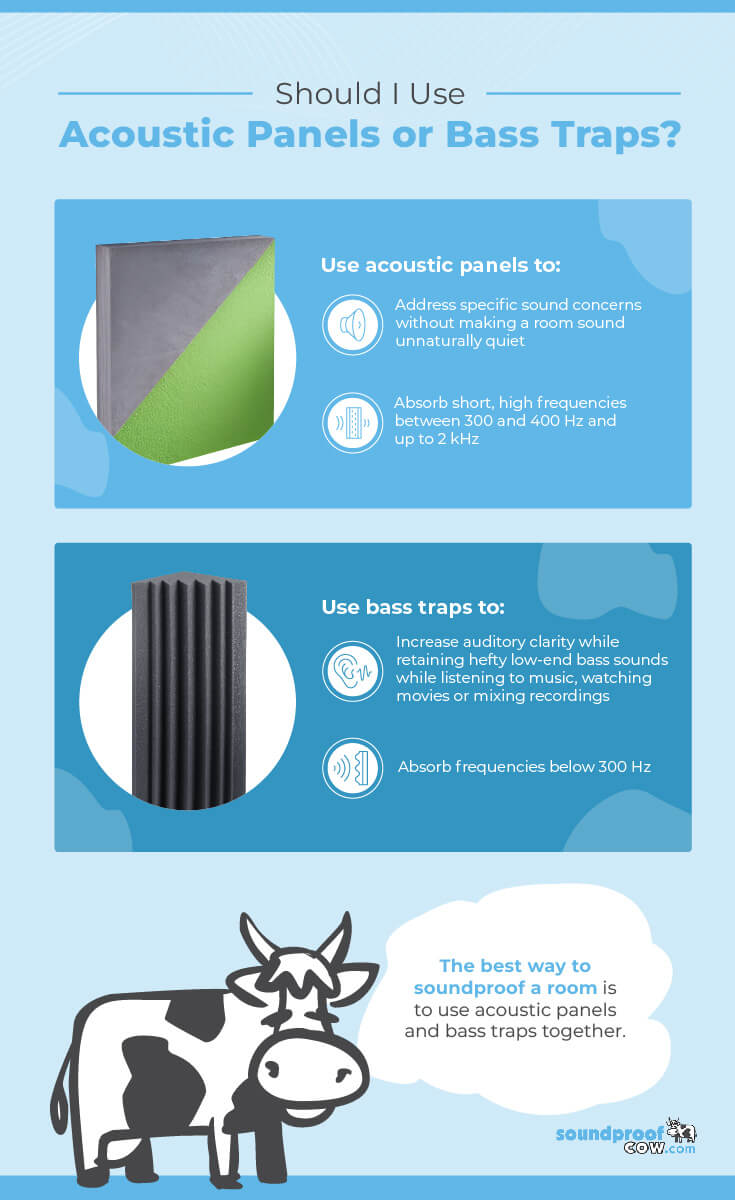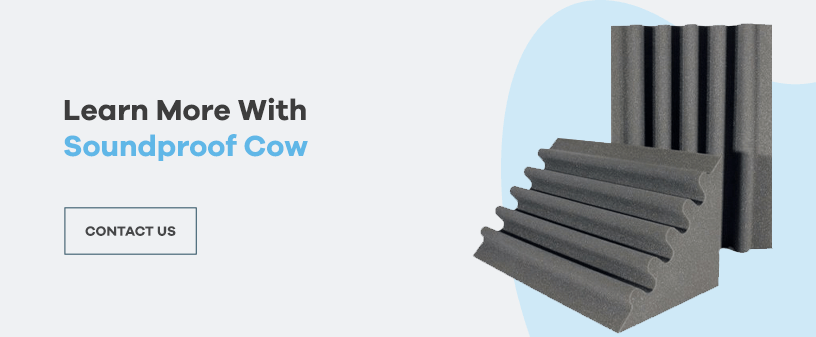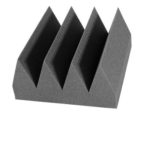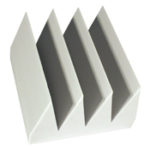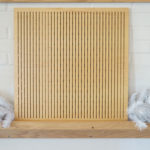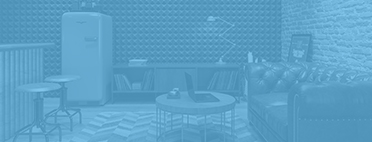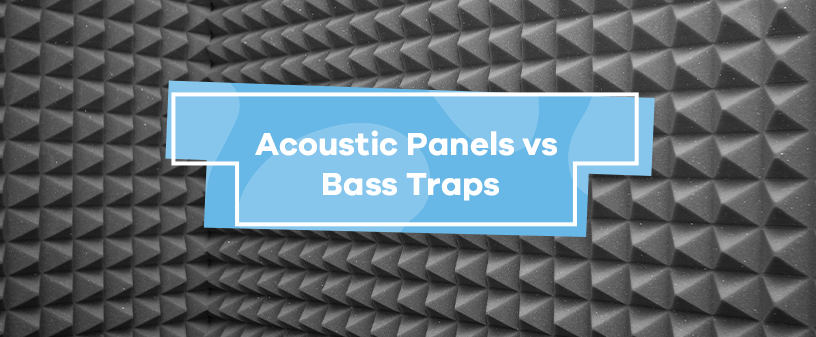
When researching ways to reduce noise in a reflective space, acoustic panels and bass traps come up as similar options. Beyond treating different frequencies, each device seems to serve a similar purpose — absorbing sound.
What’s the Difference Between Acoustic Panels and Bass Traps?
The truth is that bass traps and acoustic panels have precise, separate applications. Acoustic panels are made to absorb and control mid to high frequencies, while bass traps handle low frequencies. Let’s dive further into the similarities and differences to help you decide how and when to use acoustic panels versus bass traps.
Acoustic Panels
Acoustic panels are versatile tools for reducing or controlling reverberations in a room. The more acoustic panels you use, the less you’ll notice reverberations. Most acoustic panels feature either fiberglass or mineral wool. In most cases, you’ll hang acoustic panels from the walls or ceiling.
Most acoustic panels are somewhere between one and three inches thick. Their thickness is ideal for absorbing high, short frequencies ranging between 300-400 Hz and reaching up to 2 kHz. The panels can absorb these frequencies before they contact the surface below, even without a gap.
Completely eliminating reverberations can make a room sound unnaturally quiet, so many engineers will use acoustic panels meticulously to address specific sources while allowing the room to retain its bright, energetic sound.
Bass Traps
Bass traps focus on the lowest frequencies our ears can register. Overactive bass can sound distorted and warbled. Bass traps work toward auditory clarity while retaining the hefty low-end you want when listening to music, watching a movie or mixing a recording.
Most bass trap designs fit in the corner of a room where low frequencies accumulate. There are two types of bass traps — resonant and porous. Resonant bass traps are tuned to resonate at the frequency it absorbs, so they’re best for absorbing the same sound from a consistent source.
Porous traps, also called broadband traps, do not need to be tuned to a specific frequency. They’re often thicker than acoustic panels, allowing them to handle lower, longer frequencies. Broadband traps work well with frequencies below 300Hz — primarily from 80-250 Hz.
Which Do I Need — Acoustic Panels or Bass Traps?
The best soundproofing solution would use both acoustic panels and bass traps. Hang acoustic panels on the walls and ceiling, then use bass traps to control low frequencies in the corners. Broadband bass traps are best for music studies and entertainment rooms with a wide range of low-end frequencies.
Learn More With Soundproof Cow
The Soundproof Cow can achieve the best sound quality in your space. Check out our acoustic panels or browse corner trap acoustic foam from our inventory. Contact us online to request a free acoustic analysis today!
Learn More About Acoustic Panels



